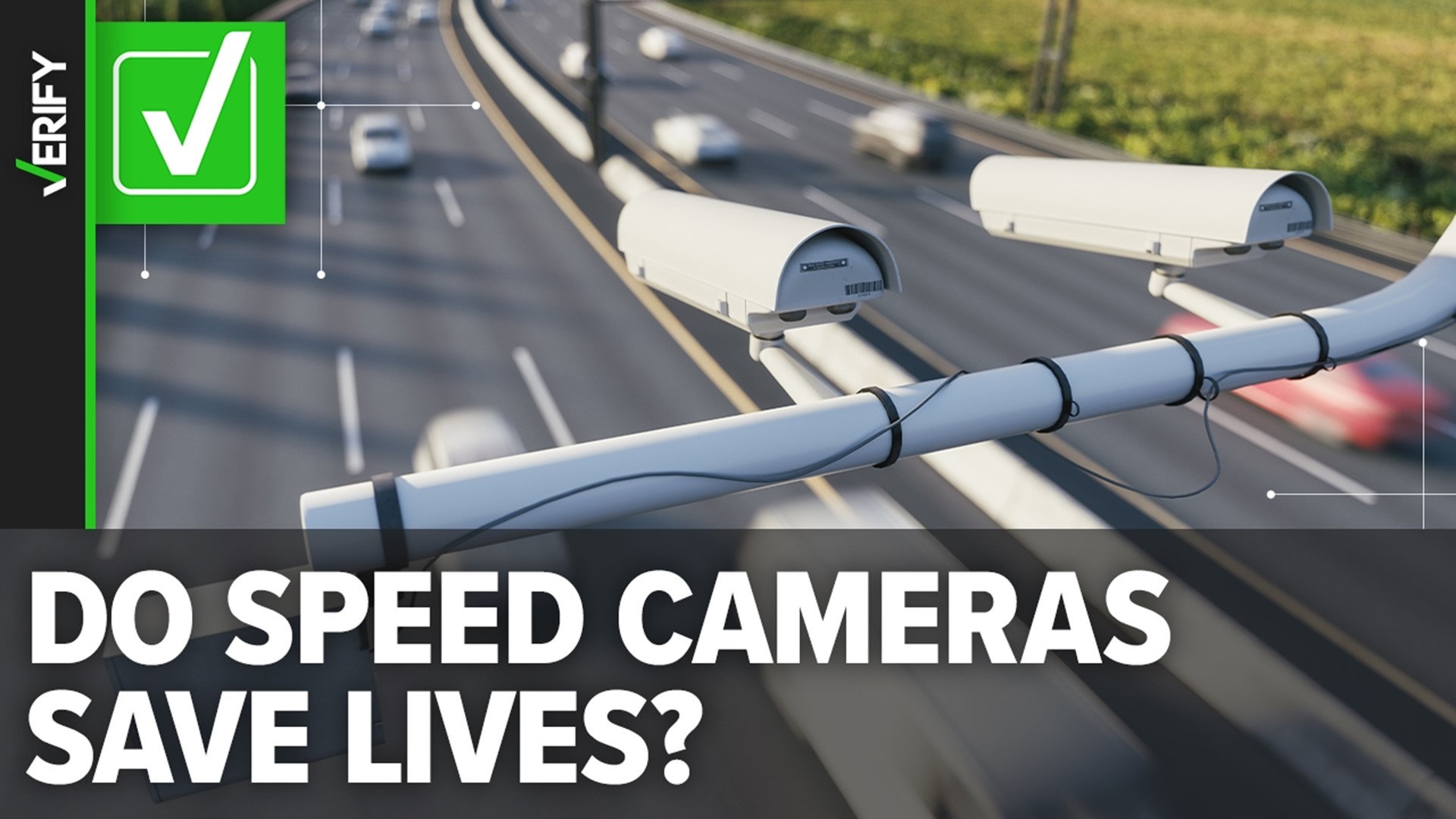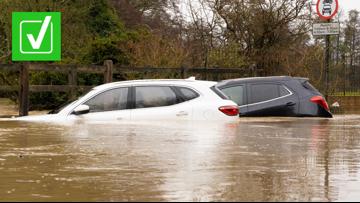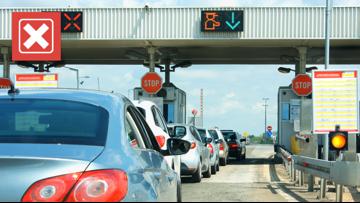Speed cameras are currently found in less than half of American states, but their use has become more common over the years.
Speed safety cameras typically work by pairing a fixed radar gun with a camera; the radar identifies speeding cars, and the camera snaps a picture of their license plate, which is then used to send a ticket in the mail.
Enforcing speed laws in this way, rather than relying solely on police, can be controversial, as some people feel as though their local governments are more concerned with making easy money from the tickets than with improving public safety.
But governments say the goal is to save lives by preventing speed related crashes. VERIFY researched whether evidence shows speed cameras actually do that.
THE QUESTION
Do speed cameras reduce fatal and injury crashes?
THE SOURCES
Cochrane review of academic studies
2016 study in the journal Traffic Injury Prevention
THE ANSWER
Yes, speed cameras reduce fatal and injury crashes.
WHAT WE FOUND
The effectiveness of speed cameras has been widely studied, usually by comparing data on crashes along a section of road, before cameras are installed and after.
The National Highway Traffic Safety Administration says “the best-controlled studies suggest injury crash reductions relating to the introduction of speed cameras are likely to be in the range of 20 to 25%.”
In an academic review of more than two dozen studies, all of them showed a drop in injury crashes following the installation of speed cameras.
“For crashes resulting in fatalities or serious injuries the reductions were in the range of 11% to 44%,” the authors of the review wrote.
According to the Department of Transportation, the decline can be even greater when cameras are used specifically on major city streets.
“Fixed units can reduce [injury] crashes on urban principal arterials up to 47%,” the DOT says in an infographic.
Speed is a major factor in how serious a crash is. Increasing your speed from 30 to 40 miles per hour can double the likelihood of death or serious injury in a crash.
Studies have shown when people know there are cameras, they’re less likely to speed. One in Maryland found that a few years after cameras were installed, 95 percent of people knew the cameras were there, and there was a 62 percent drop in drivers going more than 10 miles an hour over the speed limit.












